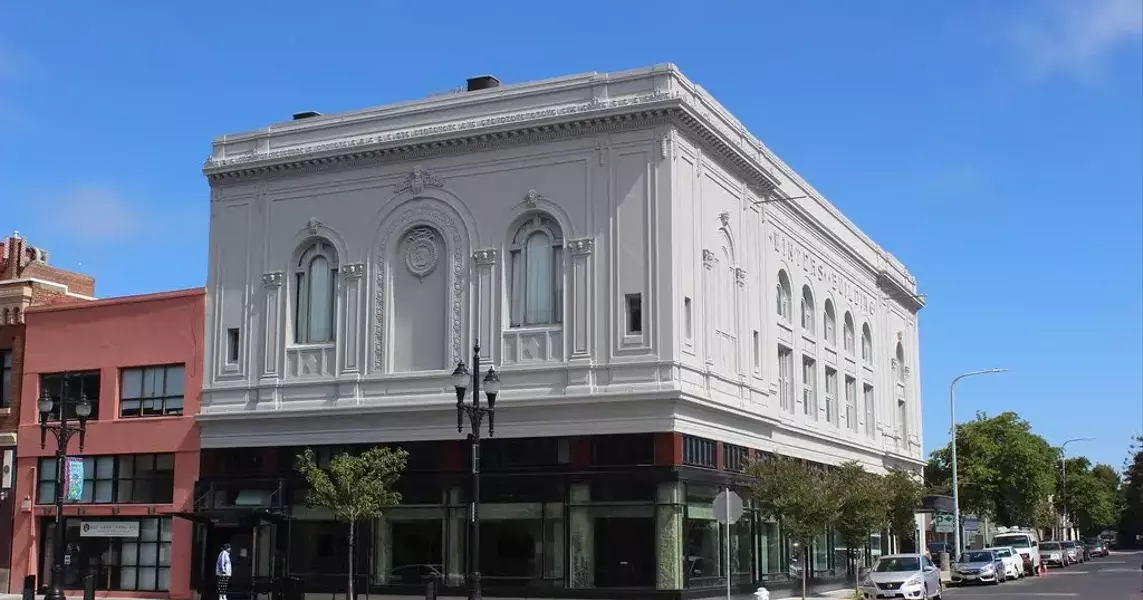Richmond's Artistic Renaissance: A Vibrant Corridor Takes Shape

In a significant move for the cultural landscape of Richmond, the city is embarking on an ambitious project to establish an arts corridor that promises to highlight local talent, boost tourism, and encourage collaboration among artists. The initiative, spearheaded by the city's art community, has already received substantial financial backing and is set to transform downtown Richmond into a thriving hub of creativity. This endeavor aims to revitalize the area, making it a focal point for arts and culture in the Bay Area. Through phases of planning, development, and expansion, the corridor seeks to not only beautify the city but also foster economic growth and community engagement.
A Golden Opportunity for Richmond's Cultural Flourishing
In the heart of Richmond, during the early days of October, a pivotal moment unfolded as the City Council awarded a ,000 contract to Independent Arts & Media, the fiscal sponsor of the artist collective Richmond Renaissance. This award was bolstered by generous contributions from the Zellerbach Family Foundation and the Lesher Family Foundation, bringing the total funding to 0,000. The collective now shoulders the responsibility of designing a dynamic arts corridor along Macdonald Avenue from 41st to Sixth streets and on 23rd Street between Rheem Avenue and Cutting Boulevard. These locations were strategically chosen due to the presence of numerous arts organizations like NIAD Art Center and the Richmond Museum of History and Culture.
The corridor project is divided into three distinct phases. Phase one emphasizes planning and community involvement, phase two focuses on enhancing existing institutions and infrastructure improvements, while phase three envisions larger-scale developments such as new museums and affordable housing. Advocates of the plan draw inspiration from successful initiatives in other cities, noting how similar projects have revitalized urban spaces and increased foot traffic. For instance, Redwood City’s Commercial Way Mural Corridor has become a vibrant destination since its establishment in 2015, demonstrating the potential impact of artistic interventions on community life.
Ratha Lai, a consultant closely associated with Richmond Renaissance, highlighted the importance of empowering communities to lead their own transformations. She emphasized that the success of this project hinges on meaningful collaboration between various stakeholders, including residents, business owners, and local government. Gabriela Yoque, the media, arts, and culture director at RYSE youth center, expressed excitement about involving young voices in shaping the future of the corridor. “Ultimately, this is about creating something lasting for the next generation,” said B.K Williams, a founding member of Richmond Renaissance.
From a journalistic perspective, this initiative represents a promising step towards fostering sustainable cultural development in Richmond. It underscores the power of community-driven projects in addressing both social and economic challenges. By prioritizing inclusivity and long-term vision, Richmond’s arts corridor could serve as a model for other cities seeking to harness the transformative potential of the arts. The success of this project will not only enhance the quality of life for residents but also position Richmond as a beacon of creativity and innovation in the region.